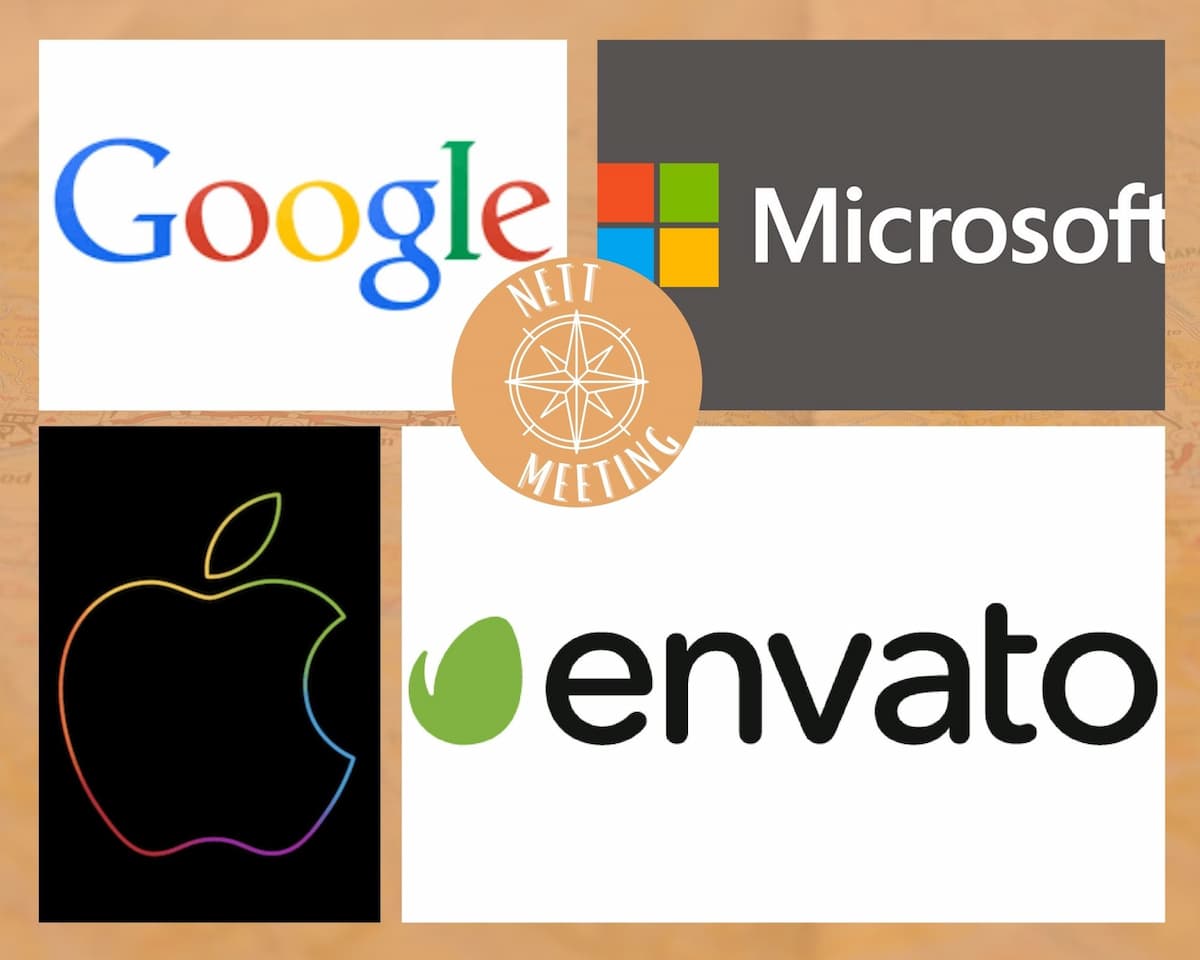Why “Yes” isn’t enough
When ‘yes’ isn’t enough
How good are you at making things happen? Because there’s a big difference between those who have ideas and those who know how to turn those ideas into a reality. The latter has the ability to get others on board – to create willing and enthusiastic supporters who are committed to bringing their initiative to life. Perhaps it’s a new strategy, a business proposal, or a new way of working – without the support of others, even the best ideas are likely to falter and ultimately fail.
But simply getting others to say yes is not enough – even if they seem to mean it. Ultimately, it’s an action that matters, and the best leaders know how to convert the agreement into action. They are exceptional at hacking people’s inertia and the human tendency to dwell in delay. Great business leaders are masters of making movement happen, and here’s how they do it:
1. Talk action early
Leaders need to master the language of action and accountability – not just the language of ideas and intent. This means being the first to ask action-focused questions such as: “how do we make this happen?”, and “what will get in the way?” and “how do we make sure this doesn’t fizzle out after the first month?”. And then ensuring everyone is crystal clear about what they expect of one another.
As a rule of thumb, spend at least half as much time again discussing implementation as you spent nutting out the agreement itself. By taking action early, you bring forward some of the tricky questions around what’s going to get in the way – rather than pretending those things won’t exist.
2. Engineer the beginning
Often the hardest part of any project or any kind of change is getting started. One way to overcome the barriers to the beginning is to deliberately engineer the way in which those first critical steps happen. In practice, this might mean:
Start small. The enormity of a change – and the risks that go with it – can be enough to cause people to delay taking action. You can overcome this effect by breaking the first stages of action down into tiny chunks. Take the example of a business owner who wanted his team to increase the number of sales calls they made each week. Rather than focusing on the full extent of that change, he broke the change into tiny chinks, asking everyone to make a single extra call in the first week. Once that had happened, he upped it to two calls, and so on until the team was making the ten extra calls he had in mind in the first place.
Start together. Is there a way you can get all the key stakeholders together into one place to start working on a task simultaneously? I like to call this a “star party”, and it harnesses the motivating effect of working in packs. As the name suggests, a starty party should also be fun, injecting the launch with playful energy – much like a fun run.
3. Create a sense of urgency
As much as I may like your idea or proposal, why should I take action today? Especially when there is a litany of things competing for my time and energy?
The key question to ask yourself here is: what if? What happens if people take action now? What happens if they don’t? If you don’t have compelling answers, you need to get to work on some. After all, one of the most important signals of urgency will come from your own energy, language, and behaviors.
Sending out a proposal or a request for support with the words, “Let me know if you have any questions” is never going to leave someone feeling a sense of urgency. Contrast that with the words, “I’ll give you a call tomorrow to discuss the next steps. I’d be keen to ensure that we get things moving early next week because some of the key players are going to be in town which presents us with a rare opportunity to launch the project with everyone in person…”
Simon Dowling
Simon Dowling is an expert in collaborative leadership and building cultures of buy-in. He is the author of a book Work with Me: How to get people to buy into your ideas (Wiley) – more information is available at www.simondowling.com.au.





